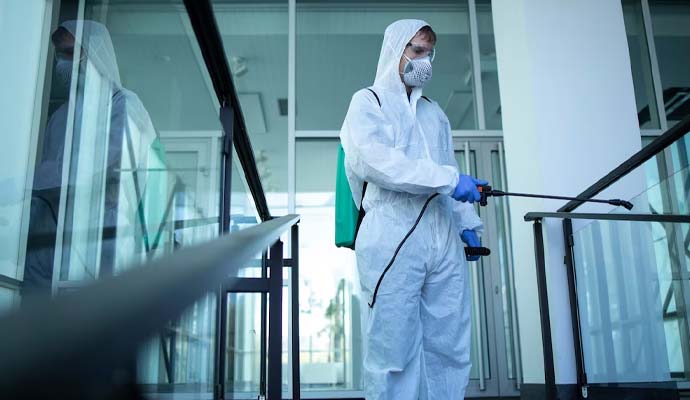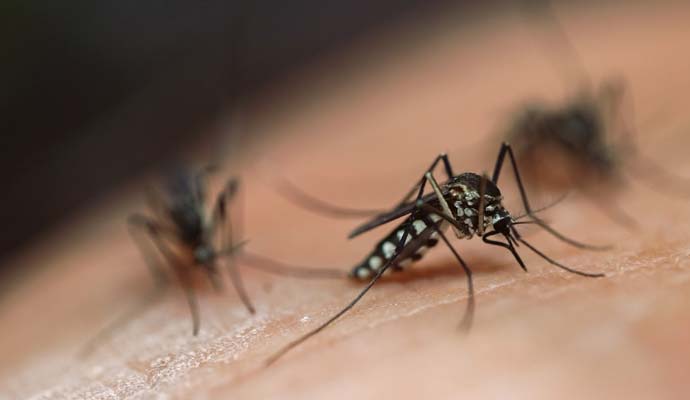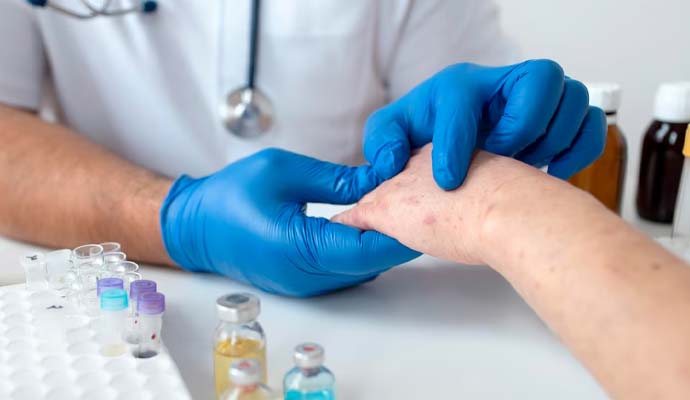
Recent Dengue Outbreak & Possible Prevention Mechanism in Bangladesh
Dengue fever, a mosquito-borne viral disease, continues to be a major public health concern in Bangladesh. The incidence of dengue outbreaks has been on the rise, causing significant morbidity and mortality. In this blog post, we will explore the nature of dengue outbreaks, their impact on communities, and the possible prevention mechanisms that can help combat this disease.

Understanding Dengue Fever
Dengue fever is a viral infection caused by the dengue virus, which is primarily transmitted to humans through the bites of infected female mosquitoes, most commonly the Aedes aegypti mosquito. It is prevalent in tropical and subtropical regions, especially in urban and semi-urban areas.
Symptoms of Dengue Fever
Dengue:
Dengue fever can range from being asymptomatic or causing mild illness to presenting flu-like symptoms, such as:
- High fever (40°C/104°F)
- Severe headache
- Pain behind the eyes
- Nausea
- Vomiting
- Swollen glands
- Rash
- Intense muscle, joint, or bone pains, often referred to as 'break bone fever'
Severe Dengue:
The symptoms of severe dengue may include:
- Severe abdominal pain
- Persistent vomiting
- Rapid breathing
- Bleeding gums or nose
- Fatigue
- Restlessness
- Enlargement of the liver
- Presence of blood in vomit or stool
- Potentially fatal consequences
How is Dengue Diagnosed?
Dengue infection can be diaHow is Dengue Diagnosed?gnosed through various methods that involve analyzing a blood sample. These diagnostic techniques include:

- Reverse transcriptase-polymerase chain reaction (RT-PCR): This method directly detects the presence of the dengue virus in the blood sample. RT-PCR is considered the gold standard for diagnosis, particularly during the early days of infection.
- Rapid diagnostic tests: These tests are designed to detect a viral protein called NS1, which is produced by the dengue virus. Rapid diagnostic tests provide quick results and can be useful for early detection of dengue infection.
- Serological methods: Serological tests are used to detect antibodies produced by the body in response to dengue infection. These tests can confirm recent infections (within the previous 3 months) or past infections. They are particularly helpful in cases where RT-PCR or NS1 tests may not yield accurate results due to the timing of the infection.
The Impact of Dengue Outbreaks
Dengue outbreaks have far-reaching consequences on individuals, families, and communities. The disease imposes a substantial burden on healthcare systems, leading to increased hospitalizations and healthcare costs. Moreover, dengue outbreaks affect productivity, education, and overall socio-economic development, particularly in regions where the disease is endemic. Recognizing the multidimensional impact of dengue outbreaks underscores the importance of prevention as a key strategy.

Possible Prevention Mechanisms of Dengue
Here are some key points about possible prevention mechanisms of dengue:
- Mosquito control
- Personal protection
- Community engagement and education
- Travel precautions
- Vaccine development
- Early detection and surveillance
Conclusion
Dengue poses a significant concern in present-day Bangladesh, instilling a sense of urgency. Efforts to prevent dengue can be considerably facilitated by raising awareness within communities. It is important for everyone to understand the significance of their individual contributions to preventing the disease.
Aedes mosquitoes, responsible for dengue transmission, cannot breed in open areas with proper light and ventilation. Recognizing this, ASSURE Group offers modern flats equipped with mosquito-repellent features. By choosing our apartments, you prioritize your physical and mental well-being, as we provide an environment that safeguards against mosquito breeding and the risks associated with dengue.










